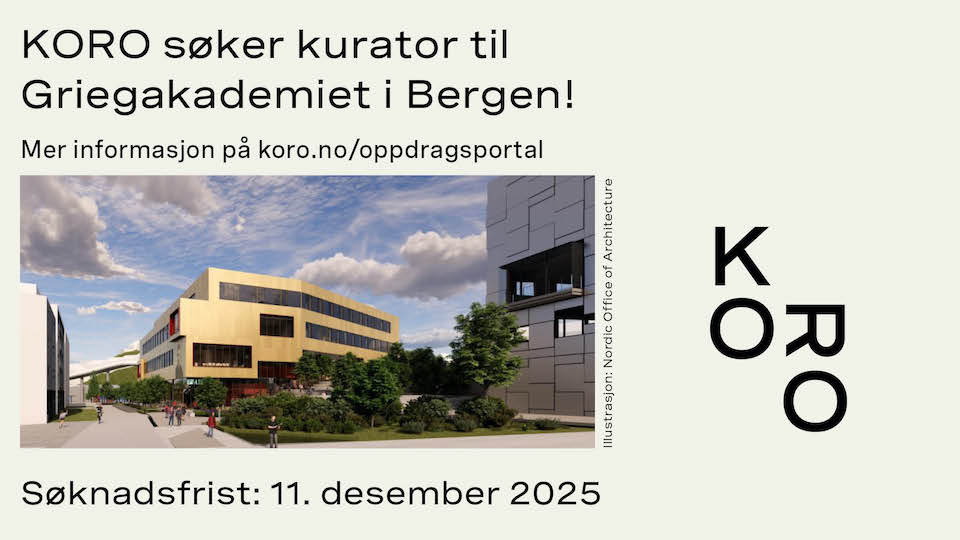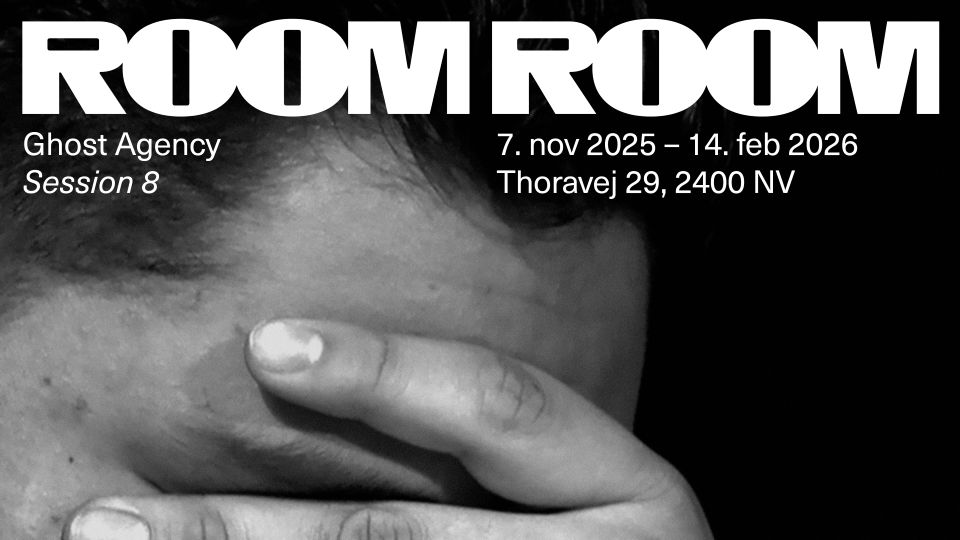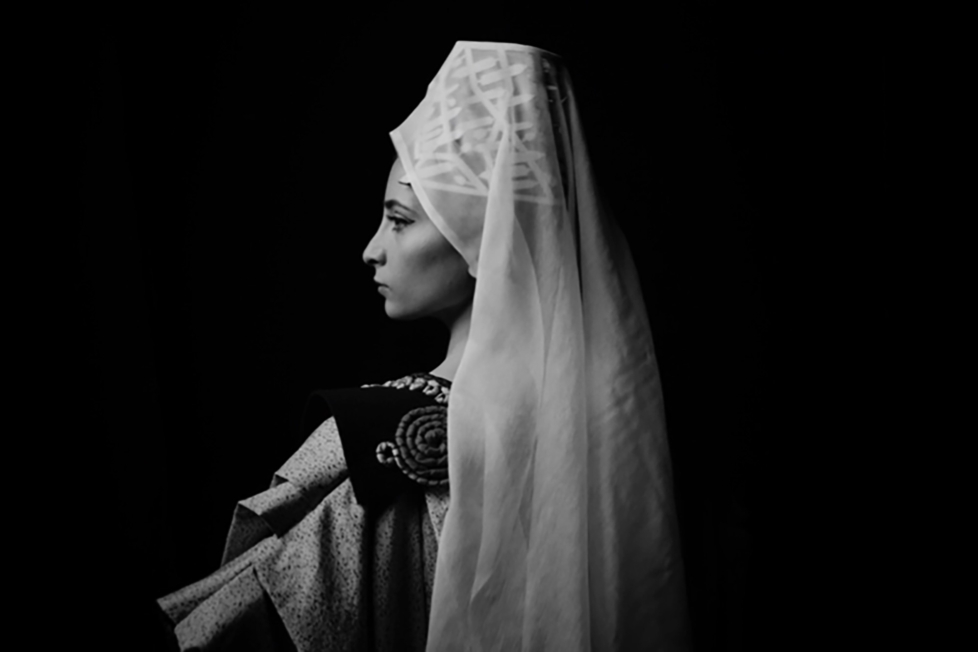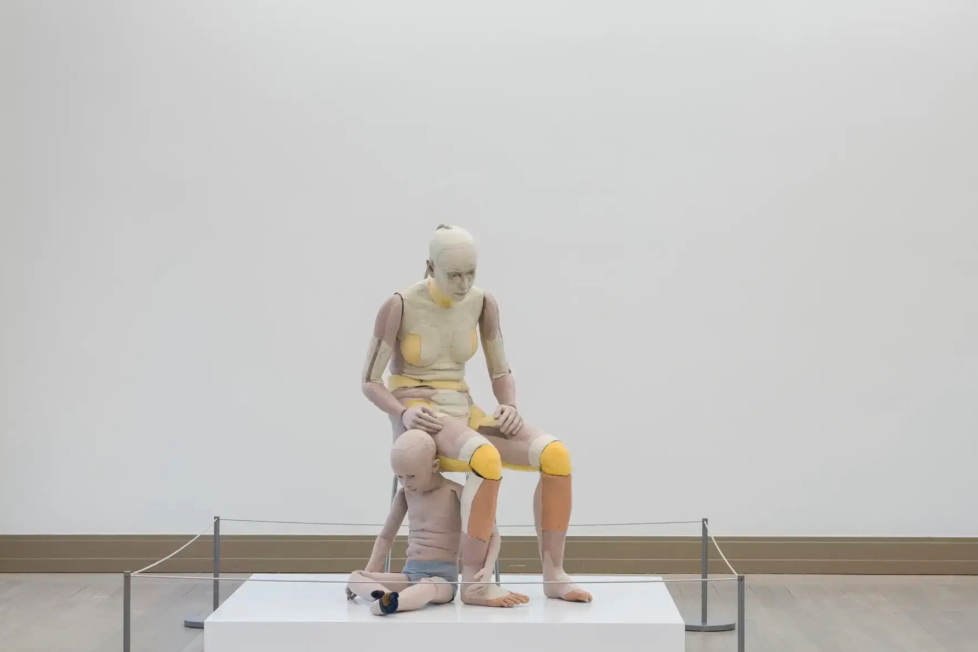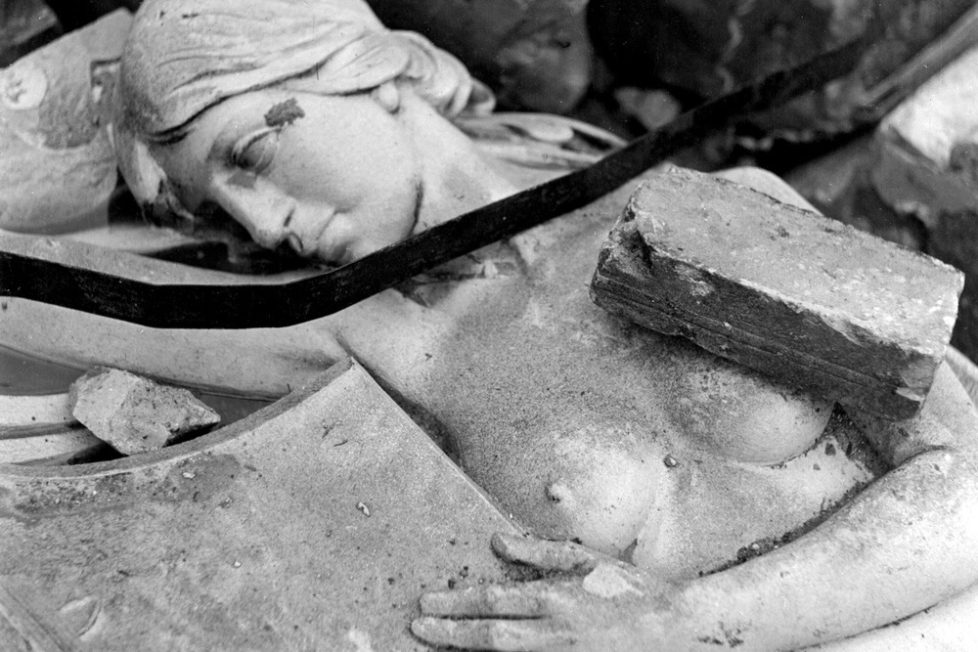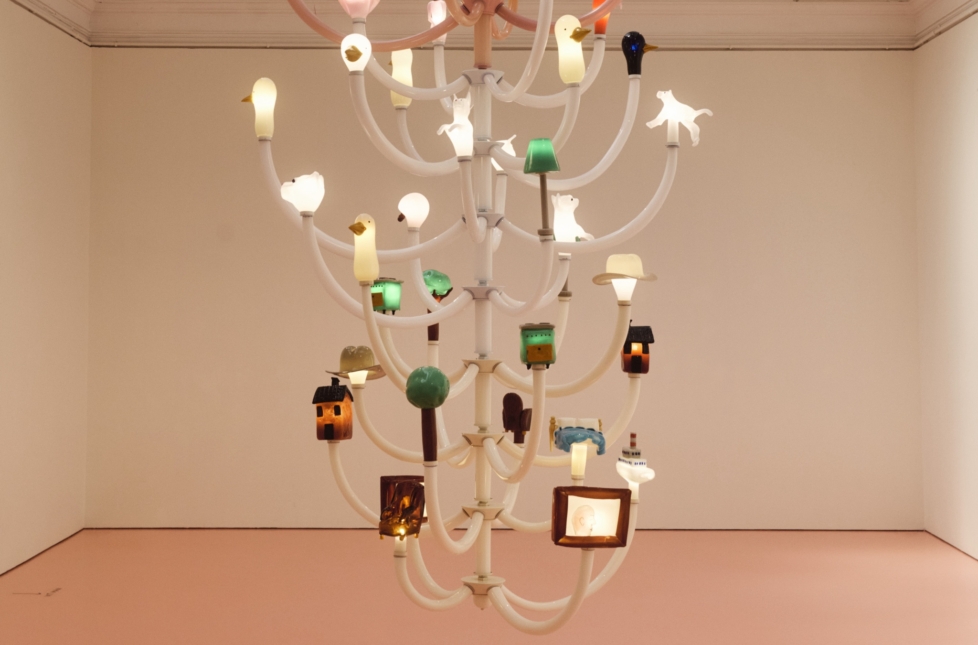
Before the season has even begun, everyone is talking about a hostage situation in North Zealand. The local authorities in Rudersdal Municipality have finally decided to close down Gl. Holtegaard. While the struggle to ensure the exhibition venue’s survival has been going on for years, the latest move is, according to Acting Director Kit Leunbach, about much more than political priorities. In an unhappy turn of events, Gl. Holtegaard has been taken hostage in a “local political game, an age-old dispute between Venstre [Liberal Party of Denmark] and Conservatives,” as she told the weekly newspaper Weekendavisen on 16 August. In fact, the Minister of Culture offered to earmark substantial funds to rescue the art venue; a rescue that would have extended beyond the here and now. Still, the local authorities refused the offer, prompting the minister to proffer his goodie bag elsewhere, specifically to Copenhagen musicians who dream of a music venue dedicated to jazz.
Gl. Holtegaard announced, via social media, that it will complete this year’s exhibition programme with the opening of Ghosts, a conceptual dramatisation of painter Ebba Breda’s (1893–1950) collection. This is the very collection that has, since 1993, formed the basis for the art venue’s existence, which is set in a historic manor house complete with a baroque formal garden. Created by writer Ida Marie Hede and artist Miriam Kongstad, the ghostly exhibition opens in mid-September and will be the venue’s last. Rudersdal is one of the richest municipalities in Denmark by far, yet apparently poor in spirit. What sad news to start the season on.
To recover from this blow, you want something vibrant, something with a Vestegnen flavour, for example Ursula Reuter Christiansen’s retrospective at Arken. Not that the expressive painter hasn’t been given much attention in the last decade, but now we finally get the big museum exhibition. It boasts seven large installations that bring together paintings, sculptures, and films from the artist’s early student years at the Düsseldorf art academy in the 1960s to the present.
Funnily enough, we find spry 80-year-olds playing the main role at ARoS Aarhus Art Museum and Copenhagen Contemporary too.
Aarhus gives centre stage to Barbara Kruger, one of the main figures from the so-called Pictures Generation, a group of American artists who in the 1970s and 80s became known for their cool media-critical conceptual art. No Comment is the name of the exhibition, which opens a few weeks after we will have learnt the identity of the 47th President of the United States.
At Copenhagen Contemporary, the venue is taken over by one of South America’s most influential Pop artists, Marta Minujín, in an exhibition created in collaboration with Tate Liverpool and the Museo de Art Moderno de Buenos Aires. The show will later go on to visit other places, including the Reina Sofía in Madrid. Hopefully, the Copenhagen iteration taps into the right trippily experimental frequency.
For those of us who remember that there was a time when Danish institutions never presented solo shows of international contemporary art, it is endlessly welcome to see Argentine, Vietnamese, Georgian, and Iranian artists showcased on Danish soil, as has happened recently. This autumn, Kunsthal Charlottenborg’s exhibition featuring New Zealand artist Francis Upritchard continues the presentation of international names from the biennial set. Leaving such joy in international showcases aside, I also get excited when the institutions shake things up and home in on their own backyard. A couple of this season’s museum exhibitions do just that.

This autumn, Sorø Kunstmuseum presents an exhibition featuring Inge Ellegaard, while Fuglsang Kunstmuseum shows Annette Abrahamsson. Both painters had their breakthrough in and around the 80s generation of so-called “Unge Vilde” – literally Young Wild Ones – who were inspired by the contemporaneous Junge Wilde artists in Germany. But while several of the male artists who had their breakthrough around that time have never really been out of the limelight (with the Nivaagaard Collection show featuring Michael Kvium in October being one example), retrospectives of Ellegaard and Abrahamsson (and a few others) are long overdue. It will be bloody exciting to see how the museums handle the assignment.
Among the home-grown artists featured this season we also find Esben Weile Kjær, who graduated from the academy in Copenhagen in 2022 and has already had several solo shows at Danish institutions. In October, he will present Solar System at Kunsten in Aalborg, which proclaims that Weile Kjær will create a dystopian total installation, “a strange and wondrous mix of archaeology, futurism, and raw glam.”
He is not alone in that: a past-future aesthetic flashes out at us from several corners this autumn. Including at Den Frie, which once again examines the echoes and reverberations of the historical avant-garde in contemporary art, this time taking its starting point in Futurism. “Artificial Optimism” is the awkwardly tangled exhibition title, which plays partly on the Futurists’ eager embrace of progress and partly on present-day achievements within AI.
Last year, the Danish Language Council proclaimed “ChatGPT” the word of the year, and in this season’s art programme we find artificial intelligence on the agenda at several venues. At Kunsthal Charlottenborg, the tendency manifests itself in the exhibition Poetics of Encryption, numbering thirty-eight artists – among them Simon Denny, Jon Rafman ,and Kristian Kragelund. The National Gallery of Denmark (SMK) kills several birds with one stone, covering artificial intelligence and overlooked women artists with one fell swoop. Against All Odds – Historical Women and New Algorithms is about a group of Nordic artists who, during the period 1870 to 1910, set out for the European art capitals of the time and achieved success, yet were subsequently forgotten. The exhibition at SMK will reportedly attempt to re-inscribe the artists in the annals of art history with the help of new technology, a “huge interactive installation” developed by artist lx Shells. Be that as it may, visitors have plenty of other treats in store at the exhibition: artists such as woodcut virtuoso Henriette Hahn-Brinckmann and the exquisitely gorgeous Kristiania bohemian Oda Krohg will adorn the walls of the national gallery.

Women also take centre stage, perhaps at a less frenetic pitch, at the artist-run Institut Funder Bakke, located in a rural setting just outside Silkeborg. Women In Love is curated by Reba Maybury, and the list of artists featured certainly arouses curiosity with names like Lucy McKenzie, Leigh Ledare, and Aura Rosenberg. The exhibition is about “the limits of female pleasure.”
Maya Malou Lyse might easily have something to say on that point, too. The focal point of her exhibition at O-Overgaden is a famous photograph of a naked Marilyn Monroe which was used in Playboy in 1953 without the actor’s consent. Lyse attended an auction in Hollywood to buy the original photograph, which originally hung in the office of Playboy Group founder Hugh Hefner. The photograph plays a vital part in the exhibition MM, opening in late August.
Ocean at Louisiana is one of the museum’s regular big cultural-historical splashes, presenting a substantial number of artists in an extensive themed exhibition. Here, the selection ranges from Utagawa Kuniyoshi, a nineteenth-century master of Japanese woodcuts, to August Strindberg, Georgia O’Keeffe, and contemporary artists such as Wolfgang Tillmans, John Akomfrah, and Ellen Gallagher.
Performance still has quite a prominent presence on the Danish art scene. At Jules Fischer’s solo show at Kunstmuseet Brandts, opening in September, the artist will stage the performance Vanitas. In an interview with Kunstkritikk last year, Fischer, who is one of the most exciting performance names in Denmark, called for a more qualified conversation about the field, “one which does not make judgements based exclusively on genre or discipline, such as the theatre critic’s perspective or the objectification found in the visual arts, where one speaks of bodies rather than persons.”
The season offers several opportunities to hone our gazes and discourse. This week, Ringsted Galleriet will show a performance by Filip Vest about the cultural worker’s precarious working life as expressed through acting, song, and dance. Later in the autumn, the same venue will see the British-born, Møn-based artist Rose English – who some will remember for her fascinating exhibition at Kunsthal Charlottenborg in 2014 – re-enact The Double Wedding from 1991.
No season preview would be complete without some news from the academies. Two events that took place at the Jutland Art Academy just before the summer merit attention here. One of them goes by the name of Torben Nielsen; after fourteen years of heading the Aarhus School of Architecture, he is the academy’s new rector. The second is the publication Aktivismehåndbog for kunstakademier (og andre aktanter) (Handbook on Activism for Art Academies [and Other Actants]), authored by two art students, Isabelle B and Frederikke Koch, and one professor, Honza Hoeck.
The two things are somewhat related. The handbook was created out of frustrations during various meetings with former rector Søren Taaning regarding the academy’s stance on the war in Gaza. Out of this arose a semester-long course of reading, discussion, and writing where the students reflected on the possibilities of protest. The goal was “to come up with suggestions on how activism enacted in the context of the art academy can avoid unnecessarily draining those who are part of the institution of energy and, not least, how the activism can direct its force towards its stated target.” It makes for exciting reading – a meticulous play-through of different levels of statement, forms of inquiry, and means of approach – and would surely be useful at many educational institutions. Congratulations to the Jutland Art Academy on having a new rector and battle-ready students. Sound the horns and let the season begin!










